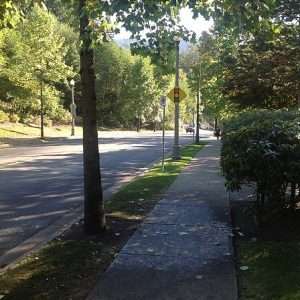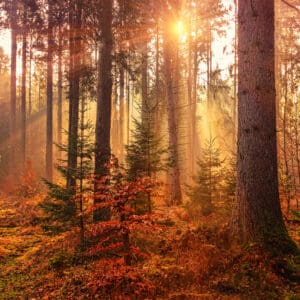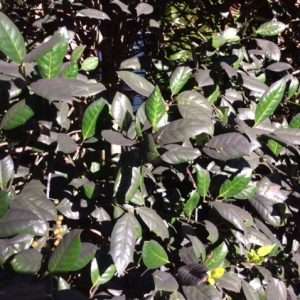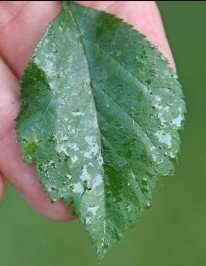Do you have sap dripping from trees? If so, you may be wondering how to stop a tree from dripping sap. Many homeowners have trouble with sap dripping off of their trees onto their cars and walkways. ... Read More >
A Guide to Fall Tree, Shrub, and Lawn Care: Preparing Your Landscape for the Season
A Guide to Fall Tree, Shrub, and Lawn Care: Preparing Your Landscape for the Season As the vibrant colors of summer begin to fade and cooler temperatures set in, it's time to shift your focus to ... Read More >
Sooty Mold: You Don’t Want It on Your Trees
Have you ever encountered annoying sticky sap coating your car, furniture, or walkway? Did you find it under a tree? Say hello to honeydew. Honeydew is a common plant health issue. It's gross, it's ... Read More >
Crape Myrtles Dripping Sap
Do your Crape Myrtles have shiny leaves and drip sap? You’re not alone! Our arborists are getting a lot of calls about trees, Crape Myrtles especially, being coated in sap and dripping it onto ... Read More >
Aphids, Sap, & Ladybugs 🐞
You may not be familiar with aphids but most homeowners are familiar with the sticky sap that drips from trees around this time of year and the cute little insects we call ladybugs. But what do all ... Read More >





